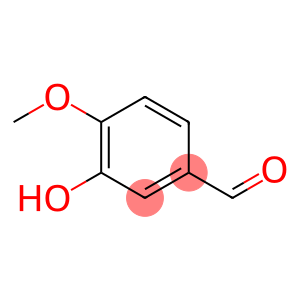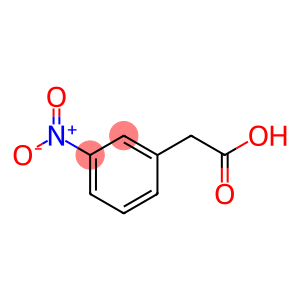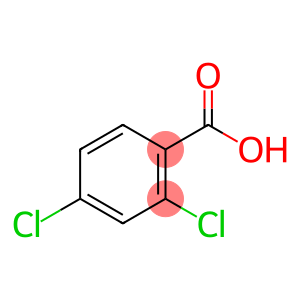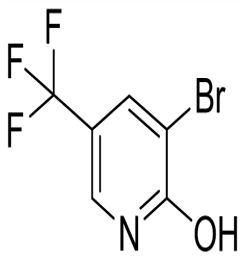Chamomile oil(CAS#8002-66-2)
| Hazard Symbols | Xi – Irritant |
| Risk Codes | 38 – Irritating to the skin |
| Safety Description | S28 – After contact with skin, wash immediately with plenty of soap-suds. S36 – Wear suitable protective clothing. S26 – In case of contact with eyes, rinse immediately with plenty of water and seek medical advice. |
| WGK Germany | 3 |
| RTECS | FL7181000 |
| Toxicity | Both the acute oral LD50 value in rats and the acute dermal LD50 value in rabbits exceeded 5 g/kg (Moreno, 1973). |
Introduction
Chamomile oil, also known as chamomile essential oil, is an essential oil extracted from the flowers of the chamomile plant. It has the following main properties:
Aroma: Chamomile oil has a subtle apple aroma with subtle floral notes.
Color: It is a clear liquid that is colorless to light blue.
Ingredients: The main ingredient is α-azadirachone, which contains a variety of beneficial components, such as volatile oils, esters, alcohols, etc.
Chamomile oil has a wide range of uses, including:
Soothing and relaxing: Chamomile oil has a soothing and relaxing effect and is commonly used in massages, body care products, and essential oil therapies to help relieve stress and anxiety.
Treatment: Chamomile oil is used to treat pain, digestive problems, and hepatobiliary disorders, among other things. It is also believed to have antibacterial and antiviral effects.
Method: Chamomile oil is usually extracted by steam distillation. The flowers are added to a still, where the essential oils are separated by vapor evaporation and condensation.
Safety Information: Chamomile oil is generally considered safe, but there are still the following things to be aware of:
Diluted use: For people with sensitive skin, chamomile oil should be diluted to a safe concentration before use to avoid allergies or irritation.
Allergic reactions: If you have an allergic reaction, such as redness, swelling, itching, or difficulty breathing, you should stop using it immediately and consult a doctor.








